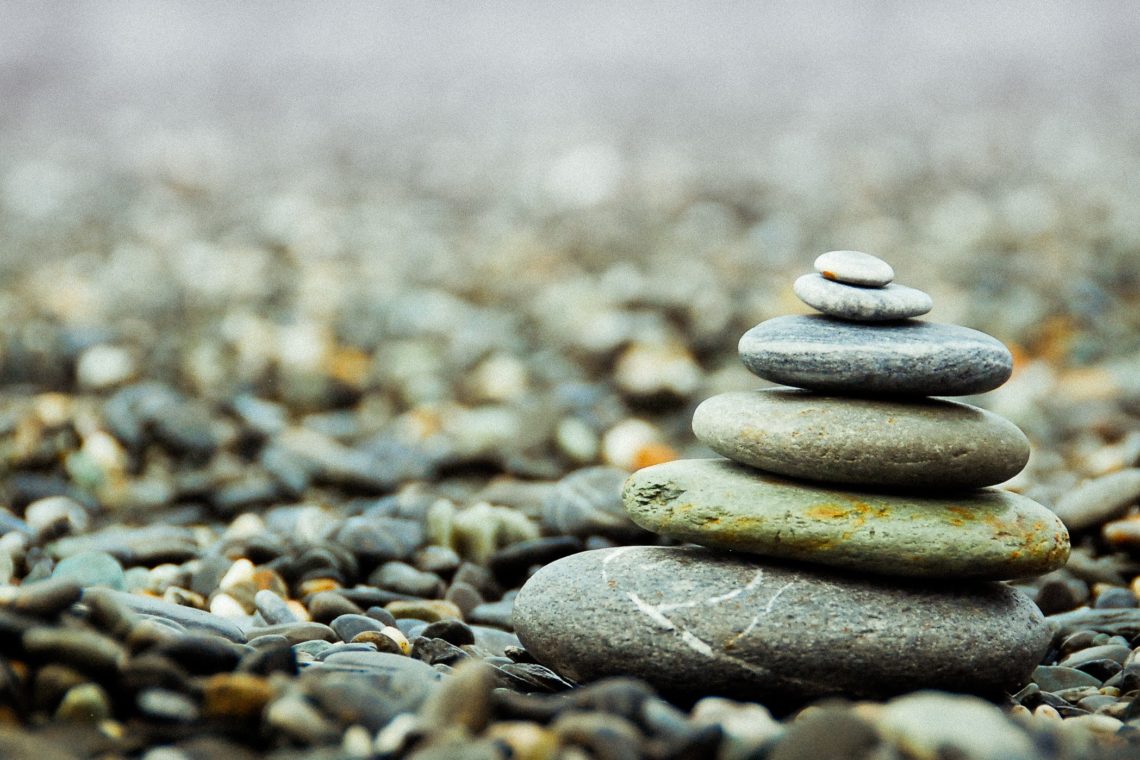It’s obvious from the previous posts that meditation and visualization are very different things. Meditation tends to be restful, a state of deep concentration that brings balance to the mind. Visualization, sometimes called mental imagery or mental rehearsal, be it visual or kinesthetic, is always active. As has been established in “Let me meditate on that.” and “Visualize this!” both can bring positive changes to our lives. Though there is still much research to be done studies indicate that they are even more powerful tools for change when they are used together. As a holistic approach to healing the body, mind, and soul they provide many benefits.
In this post we are going to focus on kinesthetic, active, visualization. In active meditation goal setting is key. The focus is to achieve a desired result. Setting goals is how we get from where we are to where we want to be. Visualization of those goals must include intent, focus, and most of all, action. When thinking of our goals we can’t just think about what we want. We must also be detailed and think multidementionally. What will this achievement allow us to have, to do, and to be?
Our goals should be SMART. We should choose a goal that is specific, measurable, and achievable. It should be a goal that is realistic and set a time, a start date and a deadline, to get it done. Which is why goal setting and visualization work best if we focus on each individual step. If our goal is to lose twenty pounds then we focus on the changes we need to make to lose a pound a week. If our goal is home ownership then we focus on what we need to do to come up with a down payment. For a promotion focus on what steps need to be taken to be seen in the environment as the person for that job.
A self guided visualization meditation often begins like this: concentrate on the area in your life in which you would like to implement change. Imagine six months to a year from now. What is your life like now that this change has been made? Go hog wild with it! Just marinate in the feeling for a little bit. Use all of the senses, inside and out. Explore how it feels both physically and emotionally. Do you have more energy? Feel more confident?
Now reach back in time to three months in the future. What one goal you would like to achieve in the next three months? What will Make an impactful step to your journey to this new reality? Make it meaningful, but not overwhelming. Think SMART. This goal is a stepping stone. It’s attainment will leave you feeling accomplished and motivated to take the next steps in your journey.
Now imagine life with this step completed. Again, using all five senses and the full range of your emotions create a reality in your mind. Step inside the visual representation. Truly explore it. Taste it, feel it upon our skin. Feel the emotion bubbling inside of you. What colors do you see? What do you smell? What do you hear?
Now visualize dropping the goal down into your life. See the start date and the celebration at the end of the deadline. What are the events, the steps you have taken to get to this place? Visualize this process.
Consider the action steps you need to take within the next five to seven days to move closer to the goal. Employ the KIS method, keep it simple. Break it down so that each step you take is a straightforward walk to your goal. Take a few deep breaths ground yourself before opening your eyes
As I was finishing up this entry I was talking about meditation and visualization with a friend who has been doing, and now teaching, yoga for years. Currently based in Hull, England she does both studio and private classes. She told me to look into yoga nidra. Also known as yogic relaxation therapy yoga nidra has been effectively prescribed in conjunction with other medical and yogic procedures in the management of physical ailments and severe psychosomatic diseases. It seems to have many of the same benefits of a seated, mindfulness, meditation practice but does it from a completely different direction.
Pioneered from ancient Tantric texts in the 1950s by Swami Satyananda Saraswati yoga nidra has been called dynamic sleep. When falling asleep brain waves move from the active 14-40 Hz, to relaxed alpha waves 9-13 Hz, and finally the deep sleep of delta waves 1-3 Hz. Yoga nidra does this in half hour to hour long sessions. Yoga nidra sessions are always guided. Ideally, it should be practiced with a knowledgeable and certified guide. However, there are many audio guides available online and in stores.
Based on my new research I expect my own visualization practice to look something like this:
Once a month do a full visualization as above, starting from six months to a year in the future and spiraling down on the steps I need to take now to get to that point. Every week practice WOOP. As mentioned in Visualize this! WOOP stands for Wish/goal, Outcome, Obstacle, Plan. In WOOP we write down our goal, visualize the outcome, identify obstacles – both inner and outer, and plan ahead. Before both visualizations I plan to do twenty minutes of Yoga Nidra as an entryway to my visualization. Most importantly I will take action. Every single day I will do something that moves me closer to realizing my goal.
Source links
https://www.huffingtonpost.com/entry/how-yoga-nidra-works_us_58efcea5e4b048372700d692
https://www.ncbi.nlm.nih.gov/pmc/articles/PMC3099097/
https://chopra.com/articles/how-to-use-meditation-to-visualize-your-goals
